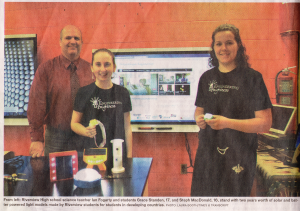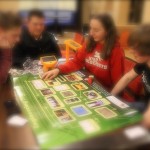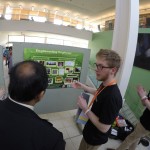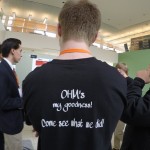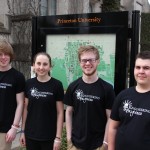A partnership requires interdependence on each member of the partnership. It needs to be a give and take, where some times you are the expert, and sometimes you are the learner.
Our English Second Language students are exchange students from other countries or brand new, soon to be Canadians. They need practice writing, listening and speaking. Typically they are shy and uncertain. SO perhaps if we could have them talk, write and listen about a topic where they are experts, it would allow them to have more confidence. They would only have to focus on vocabulary and English, not on the content. Their final test happens to be in a British accent, so finding British people to speak with and listen to would be useful.
Gareth and I have done some projects together in the past around Engineering Brightness. We wanted to expand from Engineering and Science. They have a requirement to study geography. They need to learn about different countries and learning form someone first hand might be helpful. They are already native speakers and therefore comparatively experts. They do not need to learn the language and can focus on learning geography.
Let’s work together to make travel brochures. A partnership is born.
Step #1- Have a short SKYPE to introduce ourselves. They were just 1 or 2 sentences to say hi.
Step#2. Our students looked at vocabulary such as what is an “attraction” or “event” etc…
Step #3- SKYPE/SPAN- Use the SPAN WALL to brainstorm all the important parts of a travel brochure. It is a chance to practice vocabulary and get used to the tech and the accents. We are still pretty quiet, doing lots of listening, and not much talking yet.
Step #4- Our students spend 2 days building SWAYs. They worked in small groups. One chose Quebec City and the other chose Vancouver. It is interesting that none chose New Brunswick. They spent a bunch of time with pics and restaurants, hotels and activities. There was little text.
Step #5- SKYPE-SWAY We were able to show off the SWAYS. The UK kids gave us a list of the things that they liked , particularly the video and the range of possible hotels. They also gave us a list of things that could be improved. They wanted to know about celebrities, currency, more activities, languages etc.. They had some interesting questions like, why was the Queen on our currency and why was the French flag flying in Quebec?
Step #6- Use Feedback Students use Laptops and SMARTBoards to use the feedback to improve the brochures.
Future Steps
Step #7- Hand over the Canadian SWAYs to the UK kids for them to help with the English. We are NOT going to give them editing privileges. The point is to have students talk, listen and write. If we give them editing privileges, we might get to a final product sooner, but miss out on the conversations and the English.
Step #8- Individual work. . Now it is time for each ESL student to complete a brochure on their own home countries. Thus far we have been working as a group so that students can help each other with the vocabulary. They are experts in this area and have some practice with the tech and the language.
Step #9- Hand over multiple travel Brochures to the UK for editing. The editing of the brochures will help teach about geography. Hopefully, we will have Skypes between small groups where there is more discussion.



